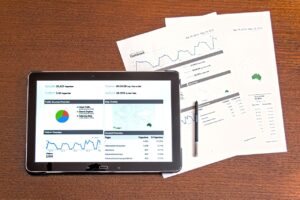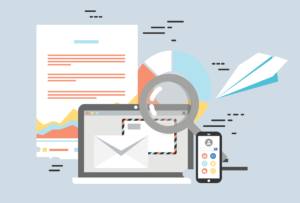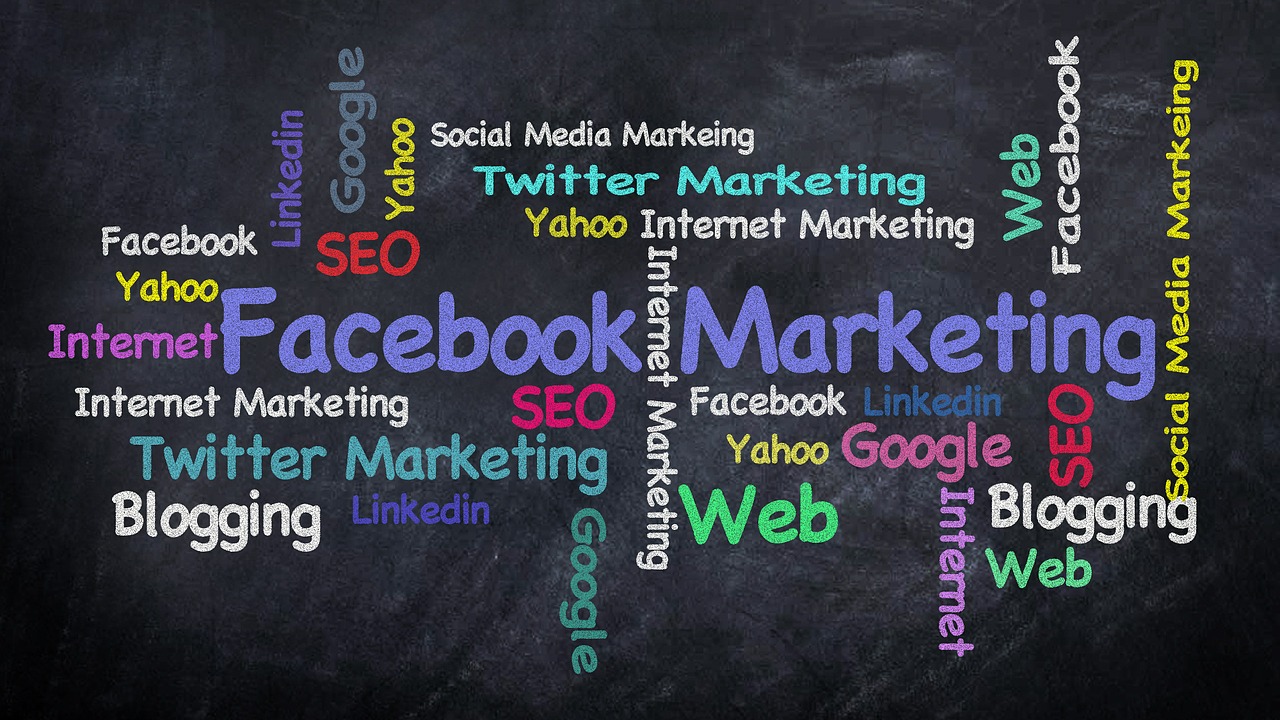In today’s fast-paced digital landscape, businesses are constantly seeking ways to optimize their marketing efforts and drive better results. One powerful tool in the marketer’s toolbox is A/B testing, also known as split testing or randomized controlled experimentation. By comparing two or more variations of a marketing asset, A/B testing enables businesses to make data-driven decisions and fine-tune their strategies for maximum impact.
Understanding A/B Testing
At its core, A/B testing involves comparing two versions of a marketing asset—such as an email, landing page, or advertisement—to determine which performs better in achieving a specific goal, such as click-through rates, conversions, or engagement. One variation, known as the control, remains unchanged, while the other, the treatment, incorporates a single difference, such as a different headline, image, or call-to-action.
Designing Effective Experiments
To conduct a successful A/B test, businesses must first define clear hypotheses and identify the key variables to test. It’s essential to ensure that the variations being compared are mutually exclusive and that the sample size is large enough to yield statistically significant results. Additionally, factors such as the duration of the test and the traffic distribution between variations must be carefully considered to avoid biased outcomes.

Interpreting Results
Once the A/B test is complete, the results must be analyzed to determine the winning variation. This involves evaluating key metrics such as conversion rates, click-through rates, and engagement levels. It’s important to assess not only the overall performance but also any secondary metrics or behavioral patterns that may provide valuable insights. By understanding the implications of the results, businesses can refine their strategies and iterate for continuous improvement.
Real-World Examples
Let’s explore two real-world examples of A/B testing in action:
- Email Marketing: An e-commerce retailer conducts an A/B test to compare two email subject lines for an upcoming promotion. Variation A emphasizes urgency with the subject line “Limited-Time Offer: Act Now!” while Variation B highlights exclusivity with “Exclusive Access: Shop Now Before It’s Too Late!” After analyzing the results, the retailer discovers that Variation B generates a significantly higher open rate and click-through rate, leading to increased sales.

- Website Optimization: A software company conducts an A/B test to evaluate two different versions of its pricing page. Variation A features a single pricing tier with a monthly subscription option, while Variation B offers multiple pricing tiers with both monthly and annual subscription options. Through rigorous testing and analysis, the company determines that Variation B drives higher conversion rates and ultimately results in greater revenue.
By harnessing the power of A/B testing and experimentation, businesses can gain valuable insights into consumer behavior, optimize their marketing strategies, and ultimately achieve greater success in today’s competitive landscape.
Ready to take your marketing efforts to the next level? Contact Encore Bridge Executive today to learn how our team of experts can help you leverage A/B testing and experimentation for maximum impact
